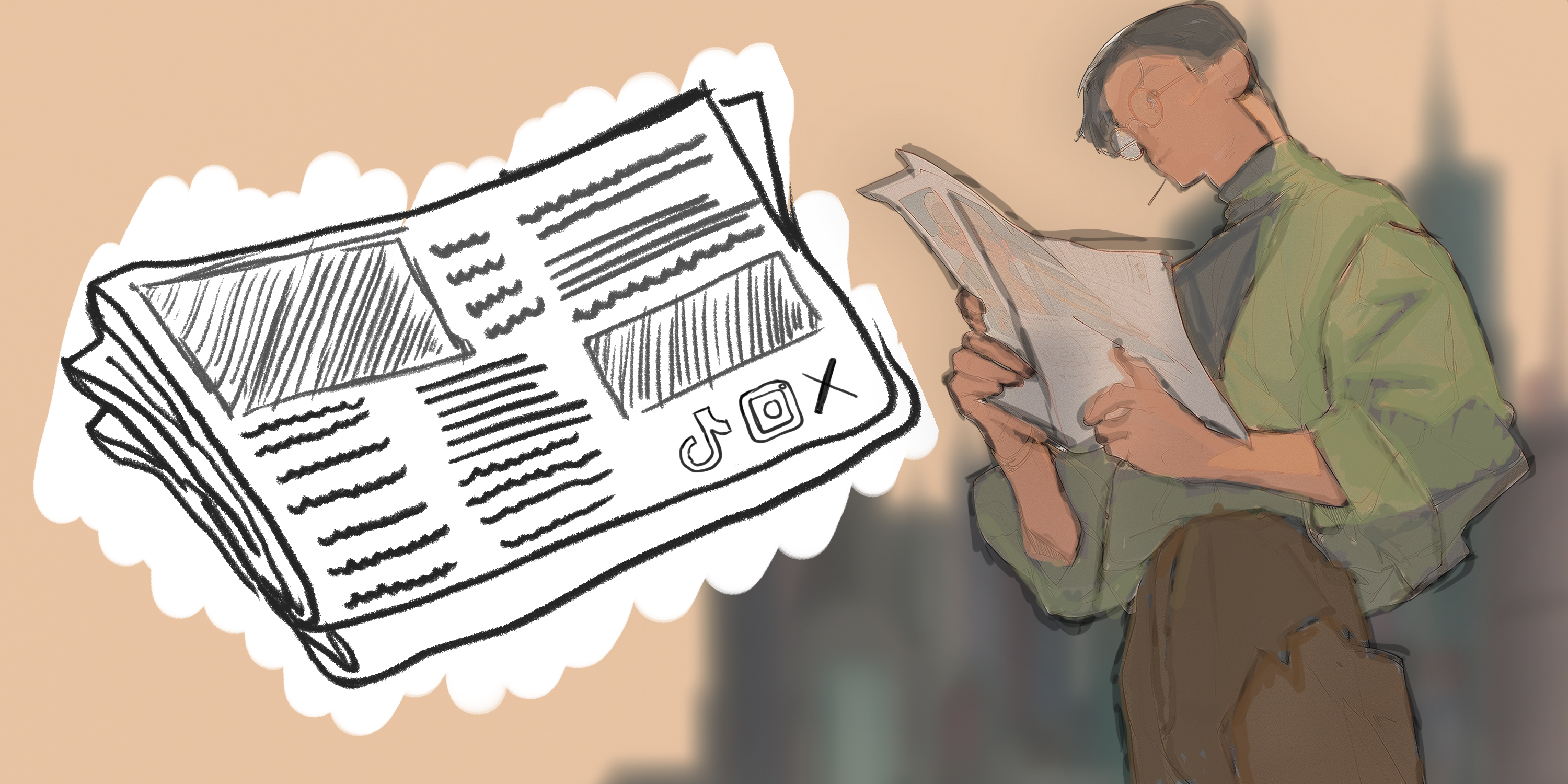A first-hand look into how social media is becoming more popular in the role of freelance journalism
As a journalist, there are many ways one can find a form of income. Journalists commonly turn to freelance work, which allows them to become a self-employed writer. This gives them flexibility and power in contracts and pay rate.
Ivana Rihter, a DePaul alum, as well as a former editor-in-chief at 14 East, has been a freelance journalist for five years, and has been published in magazines like Vogue, Allure and Vice, to name a few. Rihter originally was on staff at Vogue, but she realized instead of moving up in an editor’s position, she wanted to continue writing and turned to freelance to pursue that passion. Although she was able to create a lot of work at Vogue, it was not the level of long-form journalism that Rihter was yearning for.
Over the years of freelancing, Rihter noticed the impact of social media, and participated in it to promote her work. Finding pitches on social media platforms like X (formally known as Twitter) is one way Rihter used social media to expand her options in freelance work.
“Twitter has always been a hub for journalists,” said Rihter. “X remains a place where journalists all go to talk amongst themselves.”
Substack is a newer platform that journalists have turned to since its launch date in 2017, including Rihter. Substack is a digital platform that provides publishing, payment, analytics and design for writers to send digital newsletters directly to subscribers. It has become a new channel of communication for journalists.
“A lot of journalists that have actually left staff positions to do Substacks full time. I subscribed to a lot of them and read them,” said Rihter.
Substack newsletters have a large variety of what a journalist can write about, from culture to world politics and even having an option for comics. This variety allows for a sense of freedom journalists want when it comes to their passions for writing that they can’t get at larger publishing companies.
In a Pew Research study from 2022, it found that 9 in 10 journalists use social media. Twitter (X) was the most-used app.
Social media can be a vital tool for journalists. Rihter has seen the spectrum of how journalists interact and use social media. On one hand, some refuse to participate in the posting and scrolling and all the problems that come with it. On the other, there are journalists/influencers that do all their reporting on social media and create lifestyle content. Many remain in the middle, using it to promote some of their content. That being said, there is a lot of talk around journalists’ social media presence, and if it can reduce the quality of their work.
“I have definitely never prioritized social media,” said Rihter. “I have dedicated much more time to reporting and working on my writing.”
Rihter discusses how spending time promoting journalistic work and personal brand while also highlighting the extravagant parts of life on social media, journalists tend to spend less time on the work itself.
Someone Rihter connects to is Sally Rooney, author of the popular novel Normal People that was adapted into a limited series on Hulu in 2020. The author is also not on social media, but Rihter notes how her hard work still becomes successful.
“When you make really good work, sometimes it really does rise to the surface, but it is hard,” said Rihter.
With the accessibility of social media, the public leans towards apps like TikTok and X to find out news and stay up to date. However, this is not always a positive. Those that report through social media platforms are not all trained journalists. An example are creators on apps like TikTok who often rely on news outlets to get their information, rather than original reporting. This spread of information is done without the correct ethical training to back up their reporting on urgent and sensitive subjects.
“I would think of them more as aggregators, like they’re aggregating information that already exists online and is often not fact-checked,” said Rihter.
With these TikTok posts being seen as a good place to get news, it is now easier than ever for fake news to be spread.
Although the use of social media in journalism can be seen as negative, there are also good aspects to it. Rihter shares how people have reached out via Instagram messages to have her as a resource when finding editors or pitches on X.
“I find that that’s also sometimes the best, most surefire way,” said Rihter. “You will sometimes get a response quicker if you’re sending someone an edit or something after they’ve already asked for it.”
Social media is a spectrum of both being sucked dry as a journalist, but also creating your own work and building your repertoire. This is something that freelance journalists should especially keep in mind while looking for work in this new age of social media.
Header by Apoorv Mahajan




NO COMMENT